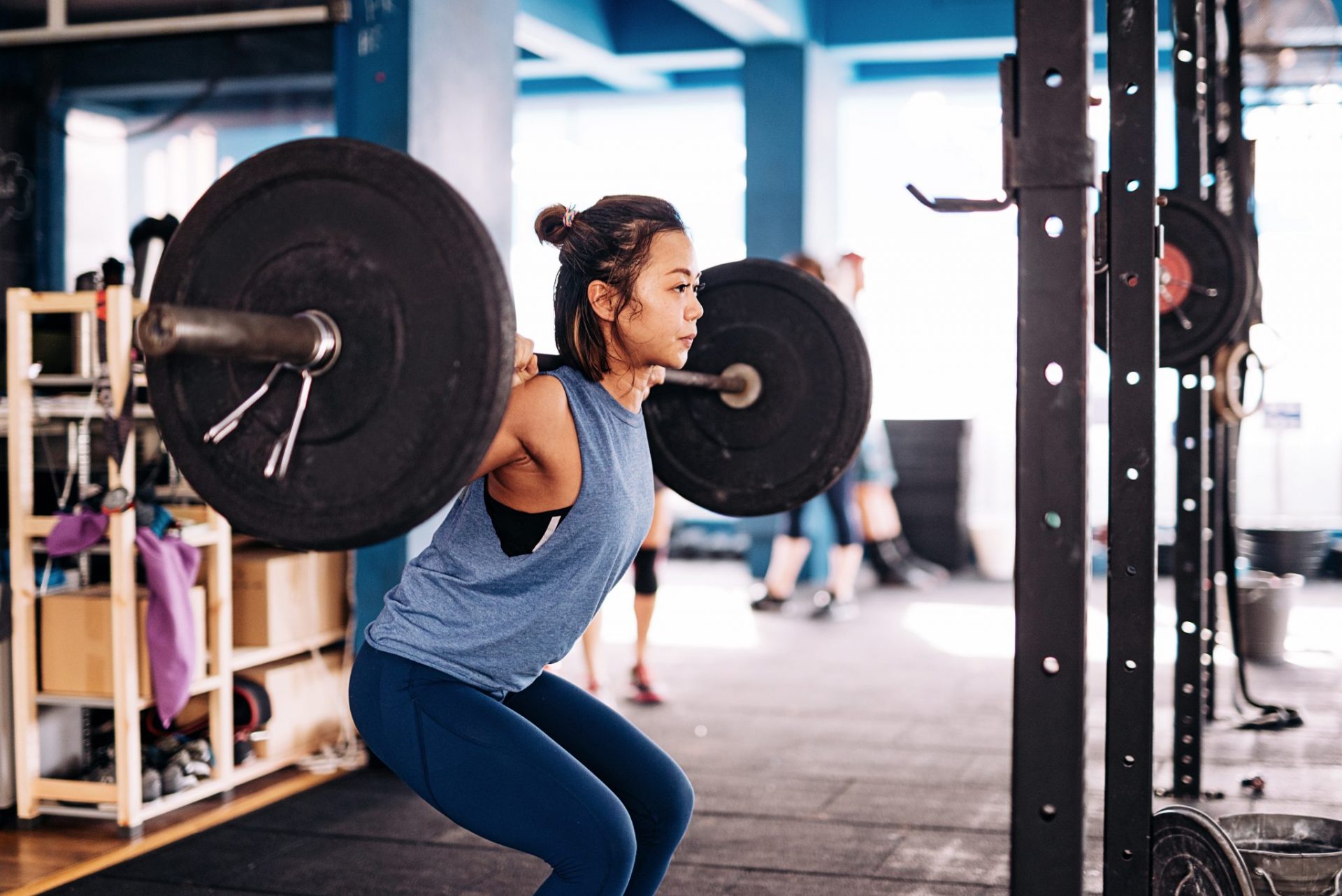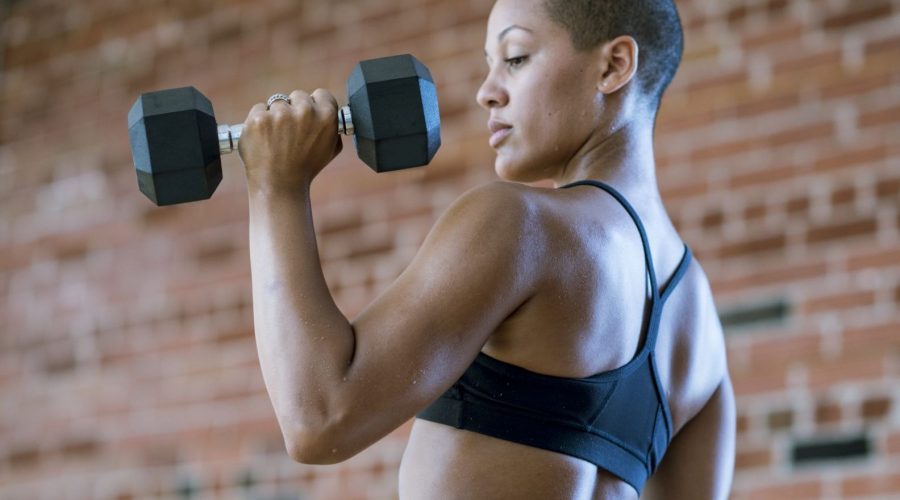How long does it take to get stronger from strength training?
Exercising to get fit is all very well and good, but let’s be honest: we all want to know when we will start to see results. So how long does it take to get stronger from lifting weights and what kinds of changes might we notice?
However you like to exercise, having a goal in place can help you to make it into a habit. With strength training, most of us are trying to get stronger, to build muscle mass and bulletproof our bodies from injury.
Whether you’re looking to build stronger glutes to avoid knee pain from running, or you want to carve strong, shapely shoulders, knowing how long it might take to start reaping the benefits of lifting weights is key to sticking with the programme. There’s nothing like the feeling that you’re getting nowhere in your training to put you off making it into a life-long commitment. So, just how long does it take to see results from weight lifting?
We asked personal trainers Alice Miller, Tess Glynne-Jones and Caroline Bragg to share their tips on setting goals in line with progress speed.
You may also like
Can you train to run faster with strength training alone?
How long does it take to see results from strength training?
“A lot of people might feel some kind of results in about two weeks,” says Glynne-Jones. “But to really see the results you want, it often takes around 12 weeks. Our bodies don’t change overnight, it takes a lot of consistency if you want to create sustainable results.”
Miller agrees that “eight to 12 weeks is when you’ll start seeing serious results in strength and muscle, but it all comes down to how often and how hard you train.” For Bragg, recovery is just as important as the workouts themselves for seeing results. “You need to think about your nutrition, sleep, consistency, but if all of those are working with you, you will start to notice differences in your posture and the way you feel within your body within the first four weeks.”

How long does it take to start lifting heavier weights?
“Every week you should be adding weight to your movements, so you’ll be making small progress every single time,” says Glynne-Jones. Even if you’re just adding on 1kg plates, that’s still moving in the right direction. “If you’re trying to chase a personal best or add a significant number to the lift, then you need at least four weeks, and you’d have to be training consistently for it.
Miller explains that you should only add weight on when “you feel like a weight is getting easier and you’re not feeling fatigued near the end of the set. If you’re lifting quite heavy across your sessions, then you might have to stay at that weight for about a month, and then shock your body by challenging it with a heaver weight for the next bunch of sessions.”
But remember progress isn’t linear. “It all works with your hormones, as well,” says Bragg. “There are times in the month when it’s safer to stay within a weight that you’re comfortable with, like in the second two weeks of your cycle. But in your first two weeks every session you might want to try even just a kilo heavier. That two-week period is when we tend to have better results.”
You may also like
Gym progress: why slow progress and adding small weights are important
How do I build up my strength?
“You need to create strength,” says Glynne-Jones. “It takes a while for a muscle to develop and it doesn’t just happen overnight. It’s all about creating progressive overload – that means you’re overloading your muscles a little bit more every week.”
Miller says it’s about looking it as a cycle. “Say you’re lifting 10 kilos and the last week of training feels good, then you should do next week see if you can do 12 kilos. That’s how your body changes. If you’re grabbing the same weight every time, people don’t tend to see results, or they’ll be really slow results.
“So, you do need to shock the body with a heavier weight, or a change in rep scheme, that kind of thing.”
Follow @StrongWomenUK on Instagram for the latest workouts, delicious recipes and motivation from your favourite fitness experts.
Images: Getty
Source: Read Full Article
